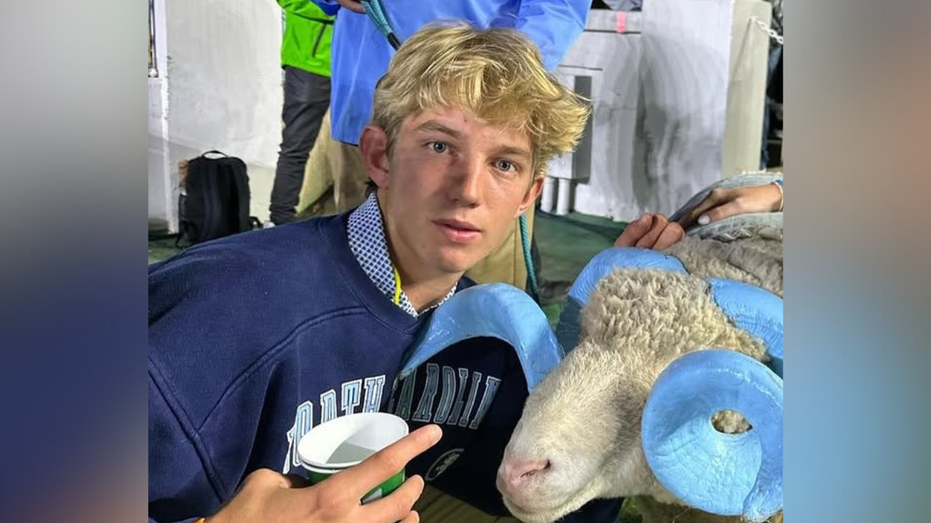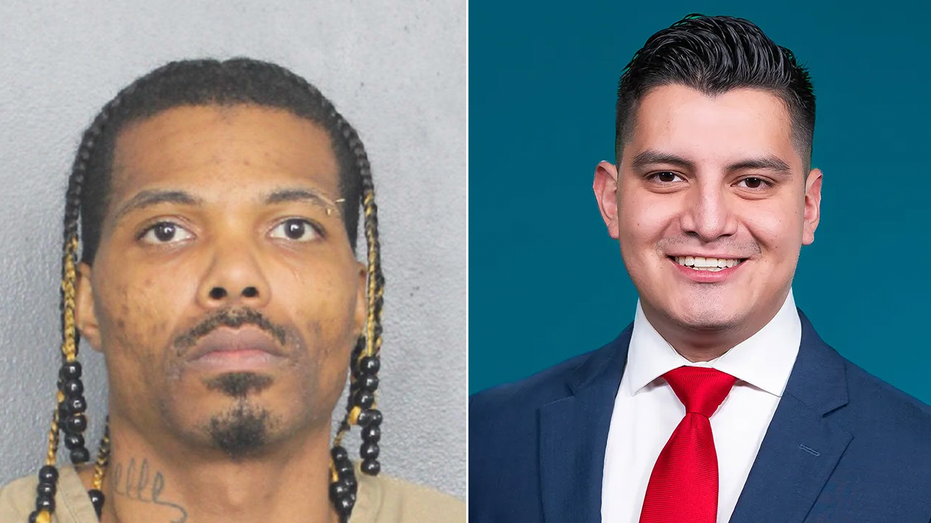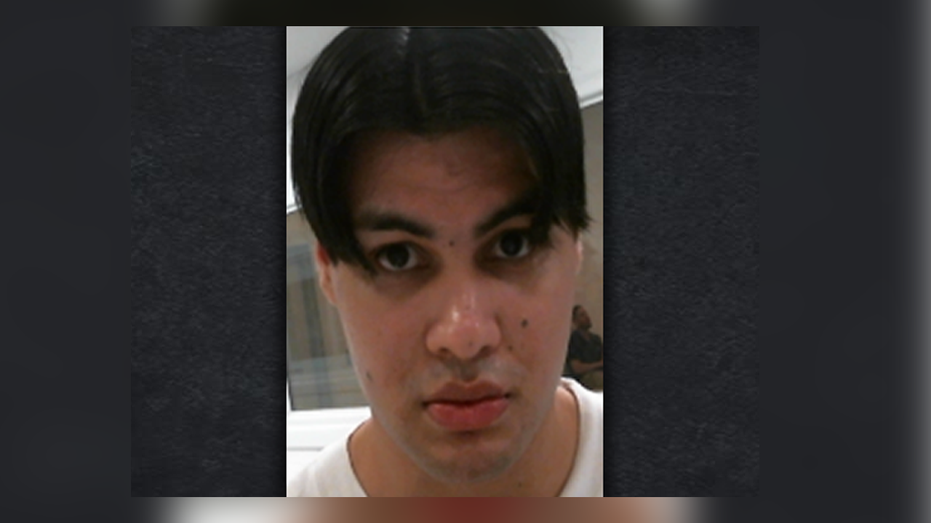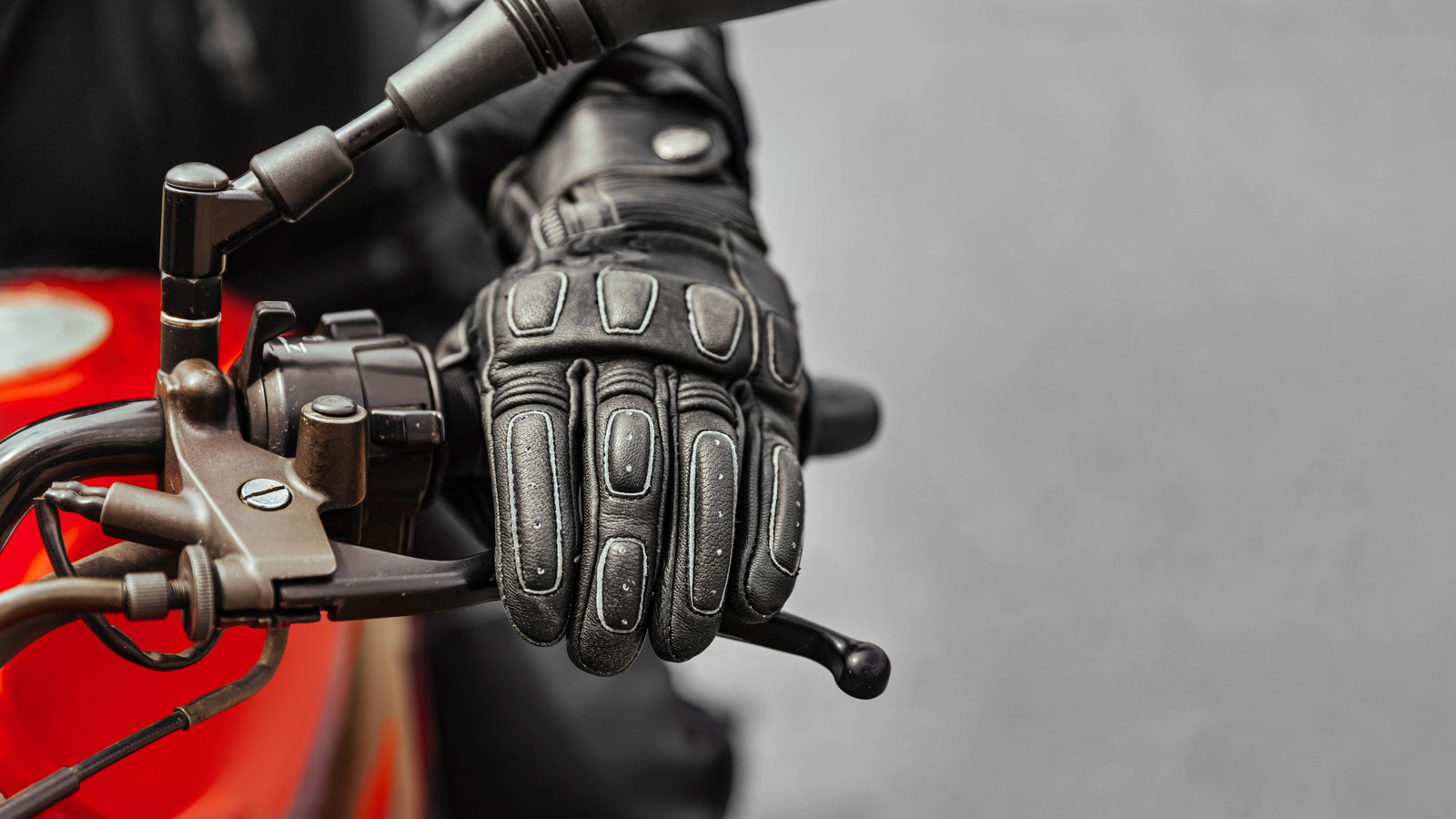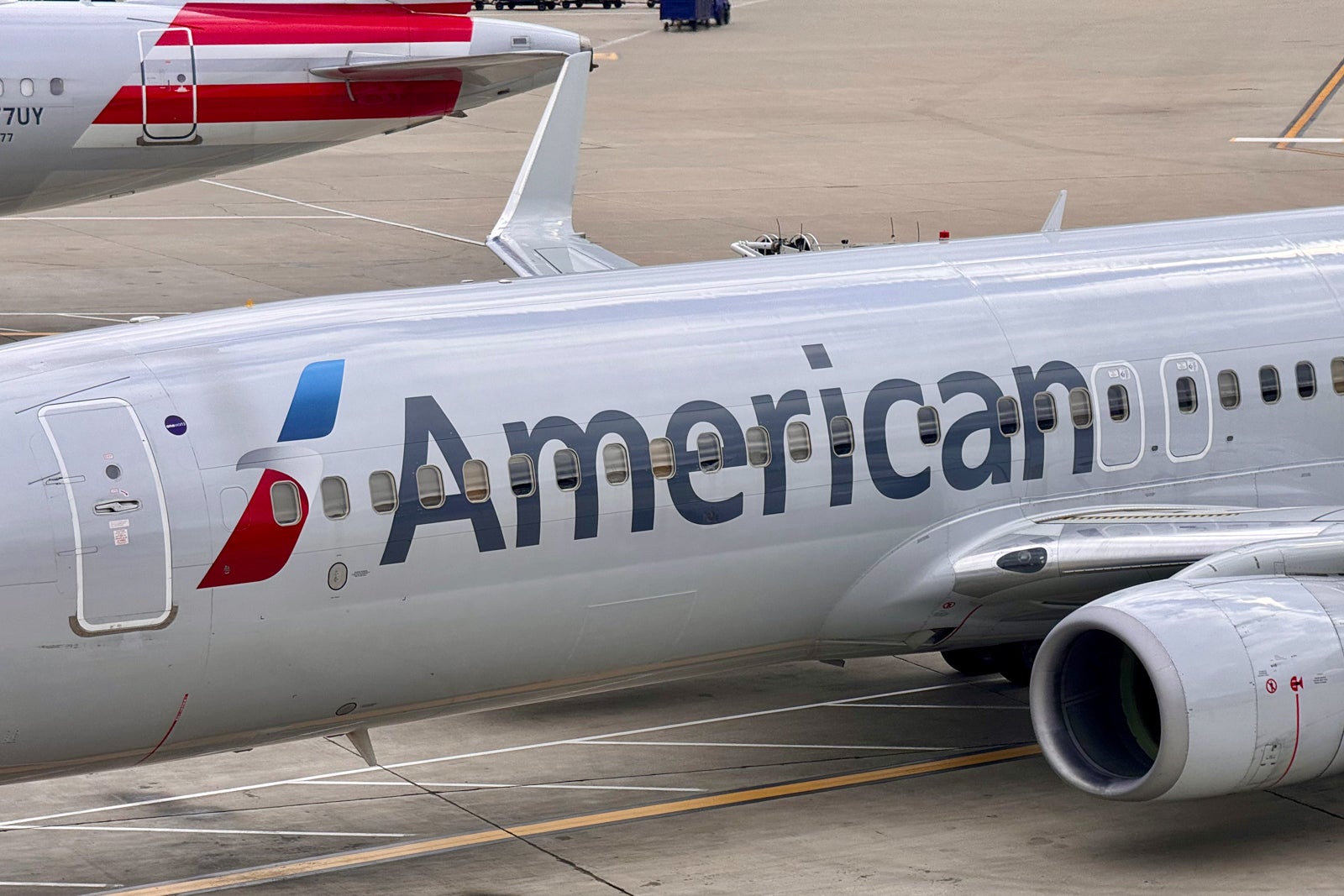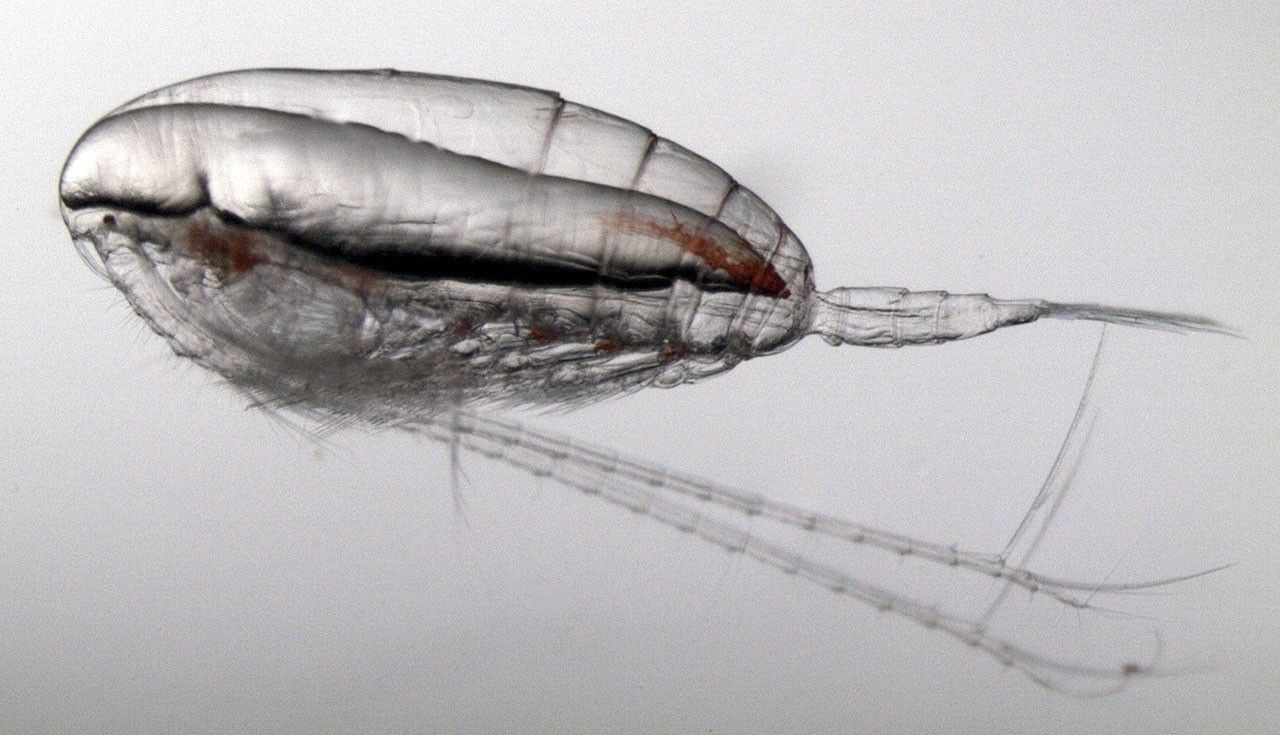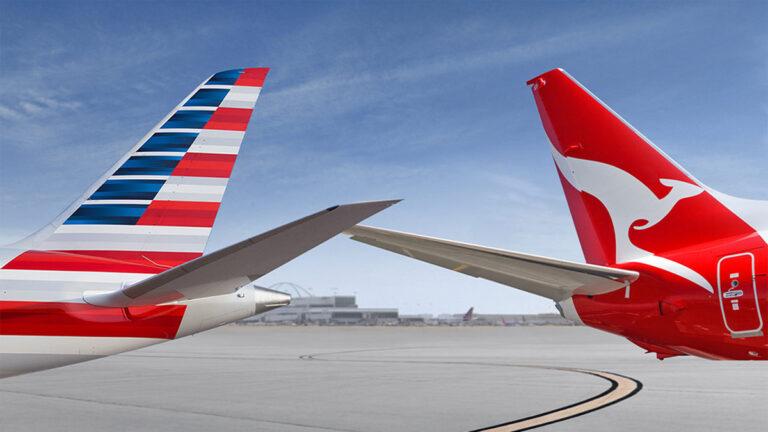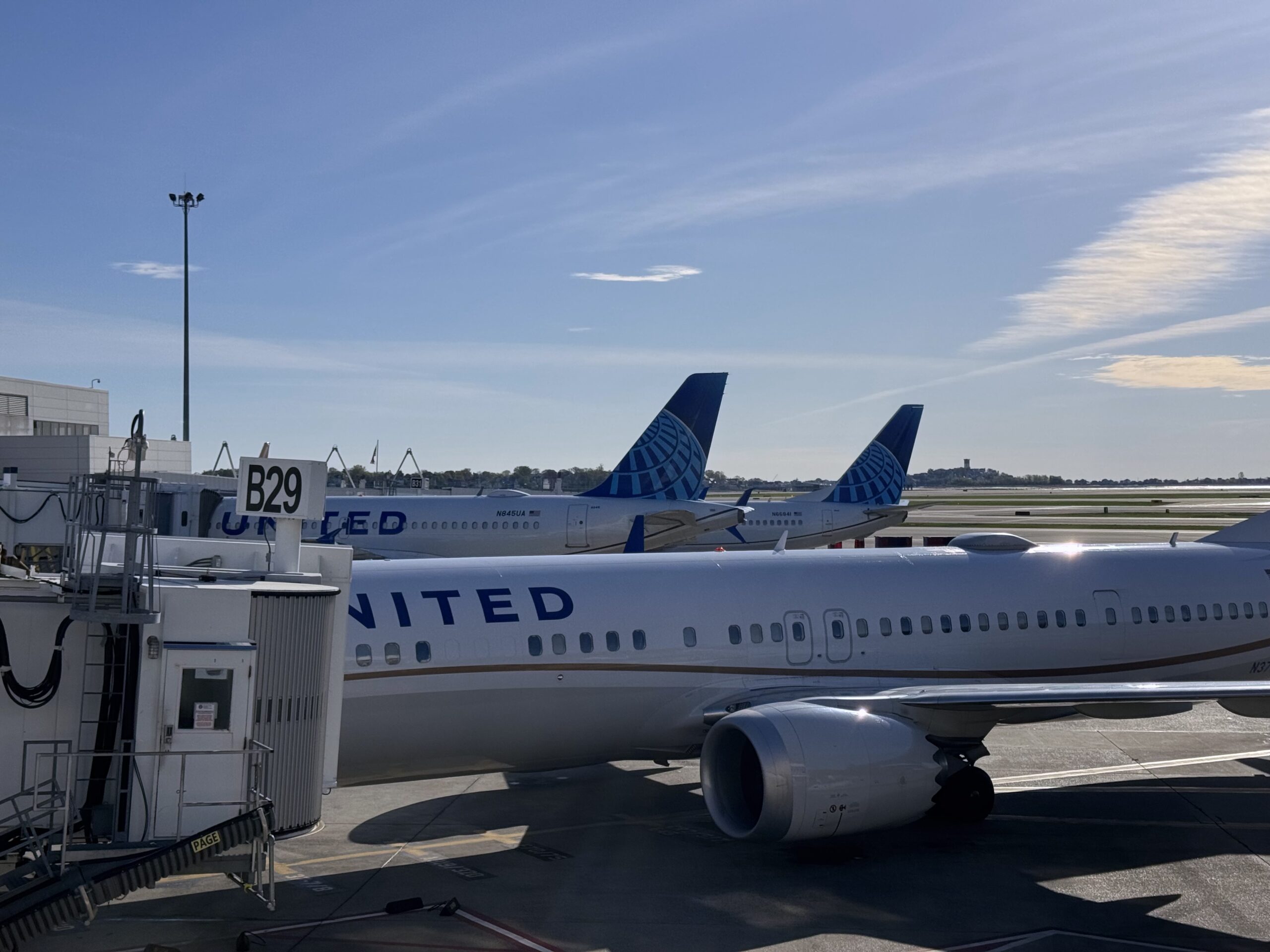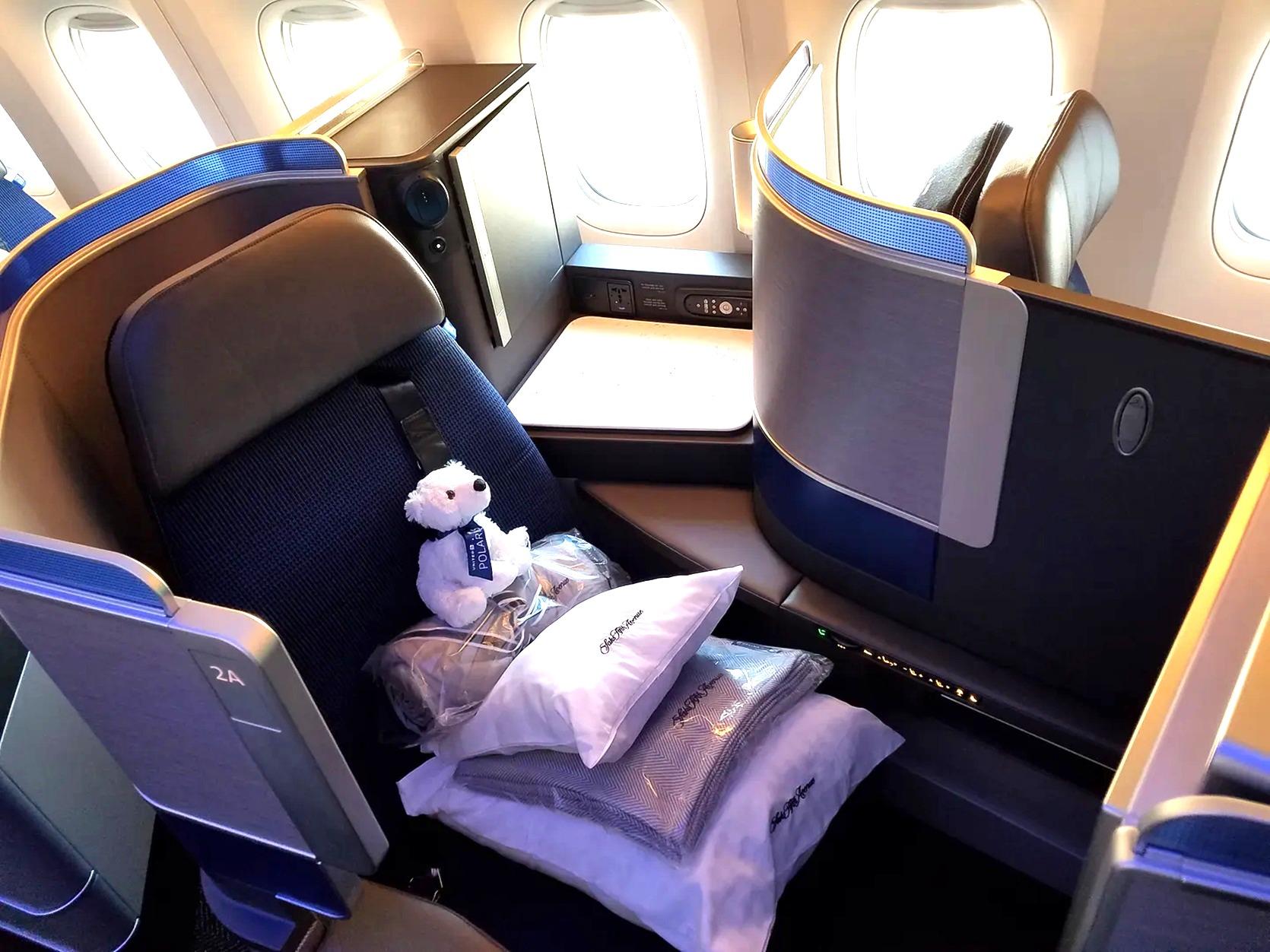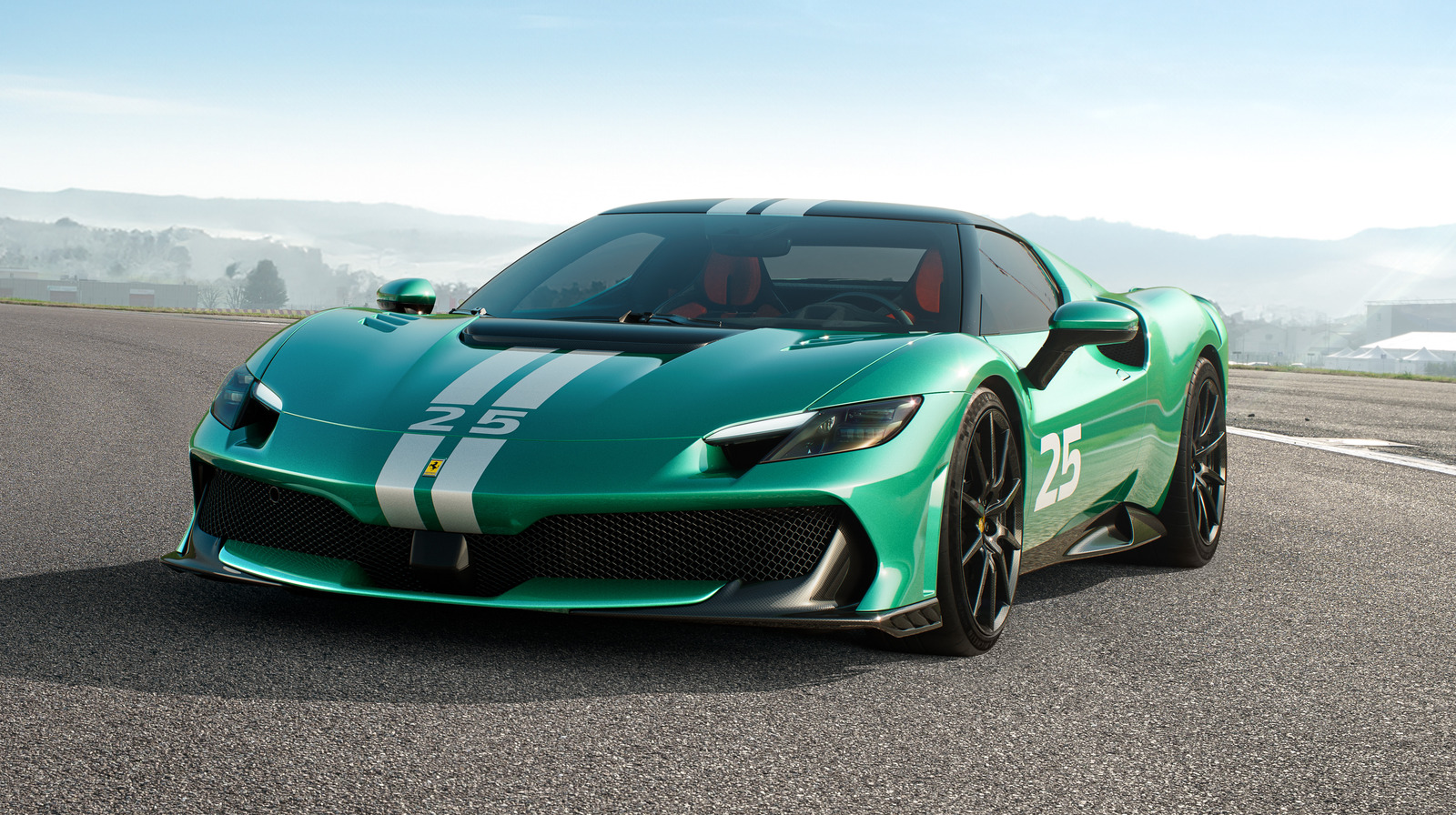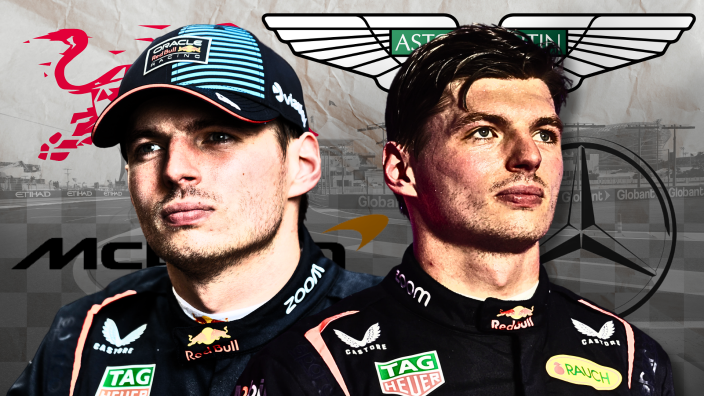The Bozi Breakdown – Episode 1: Rockingham Drama, Pit Crew Innovation And What Bristol Got Right
Welcome to the first installment of The Bozi Breakdown , where we dig into NASCAR news — from tech and rulebook debates to the people and innovations behind the sport. In this debut episode, we’re covering the Jesse Love disqualification at Rockingham, pit crew shuffles ahead of Talladega, the story behind a Navy SEAL speeding up pit stops, and why Bristol might not deserve all the hate.


Welcome to the first installment of The Bozi Breakdown, where we dig into NASCAR news — from tech and rulebook debates to the people and innovations behind the sport. In this debut episode, we’re covering the Jesse Love disqualification at Rockingham, pit crew shuffles ahead of Talladega, the story behind a Navy SEAL speeding up pit stops, and why Bristol might not deserve all the hate.
TTAC Creator Bozidar “Bozi” Tatarević is a Bosnian-American racing mechanic, writer, and technical consultant born in Sarajevo in 1986. After immigrating to the U.S. in 1995, he learned English in elementary school and eventually turned his passion for cars—fostered by his father Slav—into a full-time career. Laid off from a tech job in 2008, Bozi began wrenching professionally, eventually launching a shop and car export business with his family. His technical message board posts led to a writing career with outlets like TTAC, Motorsport.com, Road & Track and Racecar Engineering.
In 2018, he made his pro mechanic debut at Watkins Glen and now works as a tire carrier and mechanic for Vasser Sullivan Racing in IMSA, with 10 wins and a 2023 GTD Pro title. Bozi also consults via his agency Podium Prime, with clients ranging from race teams to media production companies.
The TTAC Creators Series tells stories and amplifies creators from all corners of the car world, including culture, dealerships, collections, modified builds and more.
TRANSCRIPT SUMMARY
The Bozi Breakdown – Episode 1
0:00
Welcome to episode one of The Bozi Breakdown. Today, we're discussing how a former Navy SEAL is making pit stops faster, digging into the Jesse Love disqualification at Rockingham, and looking at Bristol—why it might not have been as bad as you imagined. We’ll also preview pit lane changes at Talladega with some crew shuffles underway.
0:20
This is the first episode of a new project where I take some of my social commentary and expand it into audio and video. You’ll find it on my YouTube channel and podcast platforms.
0:30
Let’s talk Rockingham. The race delivered—packed stands, great action. But a few hours later, Jesse Love was disqualified due to a rear suspension issue. NASCAR wants the rear axle and truck arm closely coupled, meaning tight tolerances. Teams prefer some looseness for flexibility. NASCAR checks how these parts are stacked with shims in between. On the No. 2 car, the gap was too large—outside the rules.
1:19
Shims are used to align the rear axle to the car and set the pinion angle. Teams discovered that leaving the section loose allowed flex, helping cars turn better and gain aerodynamic benefits. If the rear can move, it can create side force, which stabilizes the car and helps it rotate through corners without losing grip.
2:29
The No. 2 team is appealing, and I get it. They might argue something shifted unexpectedly at a track they haven’t been to in a while. I’d give them a 40% chance. Sometimes when the car is on jack stands post-race, gaps can appear due to parts twisting. Not a slam-dunk appeal, but not impossible.
3:33
One method teams use is under-torquing the U-bolts that hold everything. By using lower torque than the recommended 70-80 lb-ft, they create a gap that flexes under load but closes when stationary. This issue will be interesting to follow.
4:16
At Rockingham, Harrison Burton in the No. 25 AM Racing car impressed. Some of that comes down to his pit crew, leased from Pit Crew Development Group (PDG), a joint effort between 23XI and Legacy Motor Club. These development crews train together and are deployed to various teams for experience. At Rockingham, Burton’s crew was consistently gaining positions on pit stops—up to five spots at a time.
5:41
A key member of that crew is Jackman Damen Jackson, a former Navy SEAL and college football player. Damen’s understanding of body mechanics has been valuable to the team. He introduced the “jack behind the back” move, which started at 23XI and spread to Joe Gibbs Racing.
6:52
The move involves a two-handed handoff behind the back that saves time. It spread during the offseason and helped both teams perform better in pit stops. Joel Bouagnon has become known for mastering it.
7:57
This evolution builds on moves from past jackmen like Kellen Mills and Eric Ludwig. Each move saved tenths of a second—significant in modern pit stops. The latest iteration combines previous techniques into an optimized move that’s fast and consistent.
10:30
Austin Dickey from the No. 23 crew is out on medical leave. Hunter Massing from PDG is filling in at Talladega. Expect slight changes, similar to what we saw at Bristol.
11:03
Another big change: Skip Flores moved from Ryan Blaney’s No. 12 car to Zane Smith’s No. 38. Keiston France replaces him on the No. 12. While this might seem like a step down for Flores, it could be an attempt to shake things up. The No. 12 crew has had issues, but some of those may not have been the front tire changer’s fault.
13:14
At Bristol, the No. 12 crew actually had some of the fastest stops. The timing of the change is puzzling. My guess: they wanted to try something new after Blaney lost spots on pit lane despite having a fast car.
14:19
Bristol wasn’t as bad as social media claimed. The dominant winner frustrated fans, but there was real racing happening. There were 75 position changes in the Cup race’s top 10 versus 45 in the Xfinity race. Perception played a big role.
15:46
Ross Chastain and William Byron made major gains throughout the race, both on track and in the pits. These stories didn’t get highlighted on TV, which affected how the race was received.
16:47
People want more tire falloff and more dramatic racing, but that’s not possible every weekend. NASCAR has limited testing but is still exploring ideas.
17:20
One idea floated: a “run what you brung” race at North Wilkesboro for the All-Star Race. Teams weren’t interested due to cost and complexity. NASCAR offered to allow any suspension/aero combo with only a safety inspection, but it didn’t move forward.
18:32
Cup teams had the weekend off, but many pit crew members did not. They worked Rockingham’s races, showing how grueling their schedule can be.
19:38
Cody French and Jarius Morehead were part of the 48 Xfinity car crew at Rockingham. They also participated in Garage 56 at Le Mans and will appear in the American Thunder: NASCAR to Le Mans documentary premiering June 12 on Prime Video.
20:36
That wraps it up for this episode. I’ll be following Talladega and refining this project as I go. Expect weekly episodes, possibly more during race weekends. Subscribe on YouTube, rate and review on podcast platforms, and leave comments with questions or suggestions. Thanks for listening.
